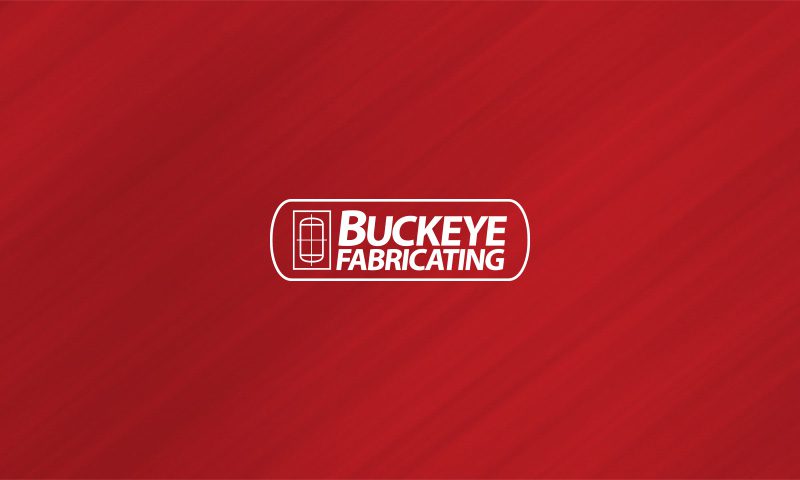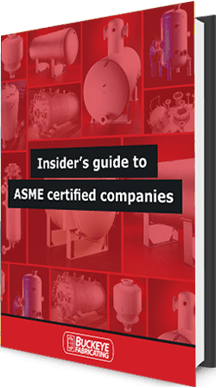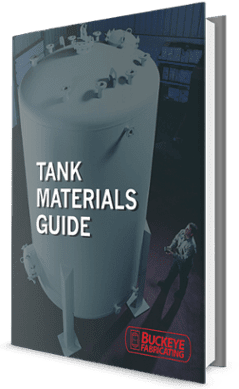There are many different types of heads used in the tank manufacturing industry. The three heads used most often are 2:1 elliptical, ASME F&D, and Flat head. Each style head has it’s own benefits and disadvantages. See below for specific information:
ELLIPTICAL OR SEMI-ELLIPTICAL (2:1):
The shape of this head is more economical in most cases, because the shape and the height of this style is very efficient at higher pressures. Its radius varies between the major and minor axis, usually the ratio is 2:1. This allows it to hold higher pressure and use thinner material to keep the cost down.
ASME FLANGED AND DISHED (ASME F&D):
The shape of this head is used when you need a lower head height and maintain pressure. These heads are typically more expensive than 2:1 elliptical heads because they require thicker material to make the dish. They are better for mixing tanks because the radius of the head is flatter than a 2:1 elliptical and allows for the mixer to be mounted lower in the tank.
FLAT HEAD:
The shape of these heads are just as they are named, flat. If used in no pressure situations, these are typically cheaper of the three because they don’t require any special forming equipment. Flat heads are not great for pressure usage and tend to get very expensive if used for this purpose. They are better used for storage tanks or holding tanks with no pressure. Flat heads are also used when you need to keep the head height lower and an ASME F&D won’t work.
Hopefully the descriptions for each head will help you pick a style that works best for your specific application. The descriptions should also give you an idea of which style will be the most efficient and also be the most cost effective for your particular project.


 ASME Informational
ASME Informational Tank Materials
Tank Materials